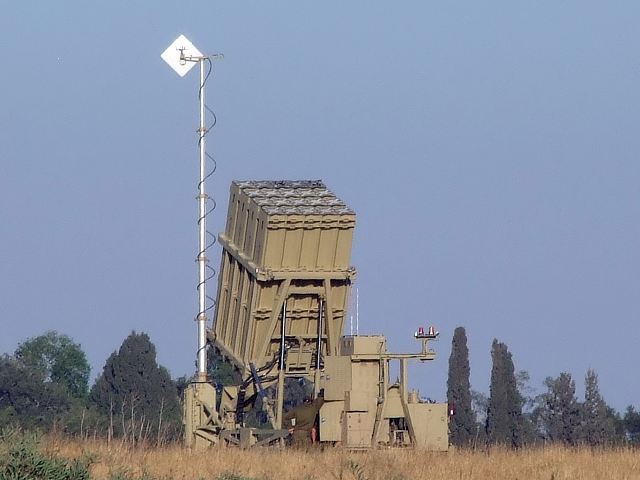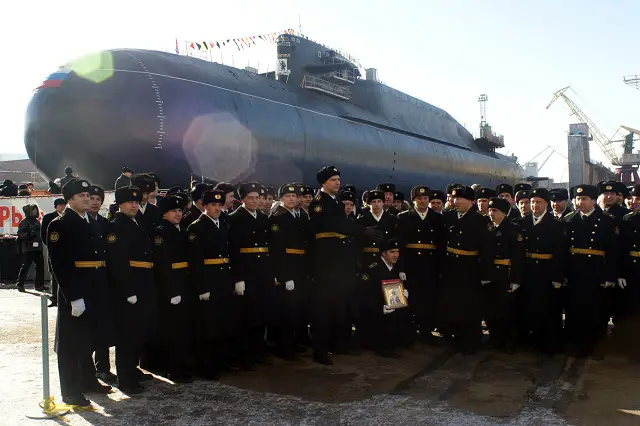The US has hinted at taking actions against the Syrian regime bypassing the authority of the UN Security Council. This comes as pressure is piling up on Damascus following massacre in Houla that claimed over 100 lives.
US Ambassador to the UN Susan Rice has said that if the council does not take swift action to pressure Syrian authorities to end 14-month crackdown on the anti-government uprising, the Security Council members may have no choice but to consider acting outside the UN.
“Members of the international community are left with the option only of having to consider whether they are prepared to take actions outside of the Annan plan and the authority of this council,” Rice said on Wednesday after the 15-member council met in a closed door session to discuss last week’s massacre.
The United Nations is conducting its own investigation of who exactly is responsible for the bloodshed in the town of Houla. However the US and its allies seem to have come to their own conclusion, saying that the Assad government is solely responsible for the violence.
Rice did not specify what “actions” she meant. However the US and European countries had earlier imposed their own sanction on Syria outside the UN. So there are fears that her words could mean the threat of military action.
The US envoy said the worst but most probable scenario in Syria is a failure of Annan's peace plan and a spreading conflict that could create a major crisis not only in Syria but also in the entire region.
"The Syrian government has made commitments. It has blatantly violated those commitments, and, I think it's quite clear, as we have said for many weeks if they continue to do so there should be consequences," Rice said.
Meanwhile, Syria’s Ambassador to the UN Bashar Jaafari has stated Wednesday that the massacre in the town of Houla was carried out by “professional terrorists” who were seeking to ignite a sectarian conflict in the country.
“Many Syrian innocents got killed because of this misbehavior of these outsiders. The Syrian people need one clear-cut message that the international community, if there is an international community, is there to help settling the conflict in Syria," he said referring to last Friday's violence.
Russia’s envoy tot the UN Vitaly Churkin stated that both the authorities and opposition leaders should understand that the current situation in Syria is unacceptable.
Kosovo pattern in Syria?
Susan Rice’s comment became a disturbing reminder of what happened in 1999 when the US and NATO intervened in the former Yugoslavia without a UN Security Council mandate.
“The precedent is already there – we’ve mentioned Kosovo. It’s exactly what happened – you had an allegation of a massacre, which was the village of Racak; you had a UN decree that was severely bullied by the US ambassador who was leading the observation mission on the ground; you had claims that it was brutal unprovoked massacre of innocent civilians by government troops. Serbia was blamed, presented with the ultimatum and then bombed,” historian and author Nebojsa Malic told RT.
“We have the same pattern repeating itself in Syria.”
Blogger Rick Rozoff believes that the US has warned Russia and China that it will push forward military action no matter what.
“Ambassador Rice is basically telling Russia and China and other members of the Security Council that if they do not go along with Western plans for more stringent sanctions and other actions against Syria, the US and its NATO allies reserve a right to act outside the Security Council as they did with Yugoslavia 13 years ago and launch military actions against Syria,” Rozoff told RT.
By rt.com






